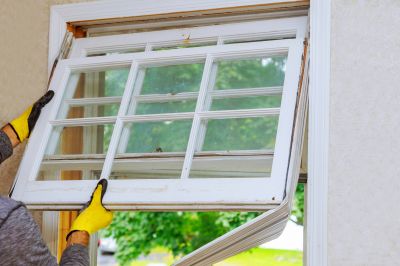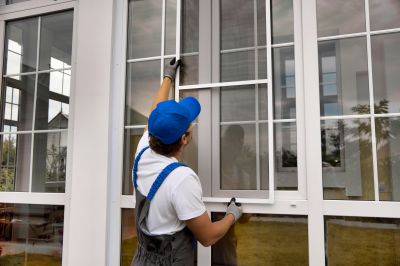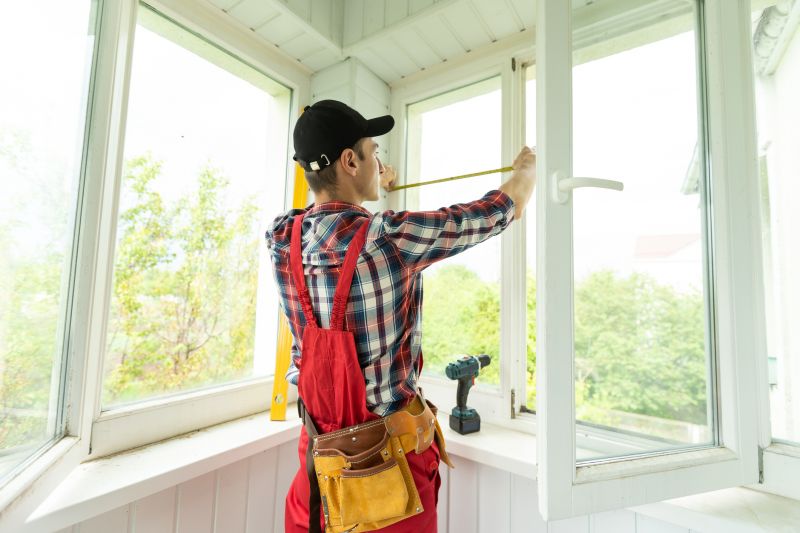Best Time for Storm Restorations
Storm restorations are most effectively performed when weather conditions are stable and conducive to repair work. The optimal period typically occurs during late spring through early fall, when storms are less frequent and weather patterns are predictable. Performing restorations during these times minimizes delays caused by adverse weather and ensures timely completion.
Spring and summer months offer longer daylight hours and generally better weather, making them ideal for storm restoration projects.
Periods of low wind and rainfall reduce safety risks and improve work quality during restoration efforts.
Understanding local storm patterns helps determine the best window for scheduling restorations with minimal interruption.
Immediately after storms, restoration can address damages before further weather events occur, preventing additional issues.

Ways to make Storm Restorations work in tight or awkward layouts.

Popular materials for Storm Restorations and why they hold up over time.

Simple add-ons that improve Storm Restorations without blowing the budget.

High-end options that actually feel worth it for Storm Restorations.

Finishes and colors that play nicely with Storm Restorations.

Little measurements that prevent headaches on Storm Restorations day.
Storm restorations involve repairing and restoring properties damaged by severe weather events. This process includes assessing structural damage, replacing or repairing roofing, siding, windows, and addressing water intrusion issues. Prompt restoration helps prevent further deterioration and protects property value. Accurate damage assessment and timely response are critical components of effective storm restoration strategies.
| Storm Season | Ideal Restoration Period |
|---|---|
| Spring | April to June |
| Summer | June to August |
| Early Fall | September to October |
| Late Fall and Winter | November to March |


